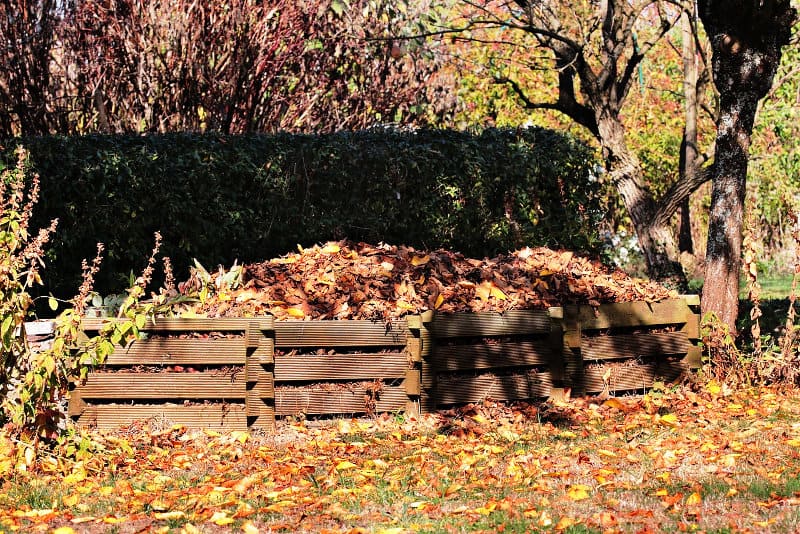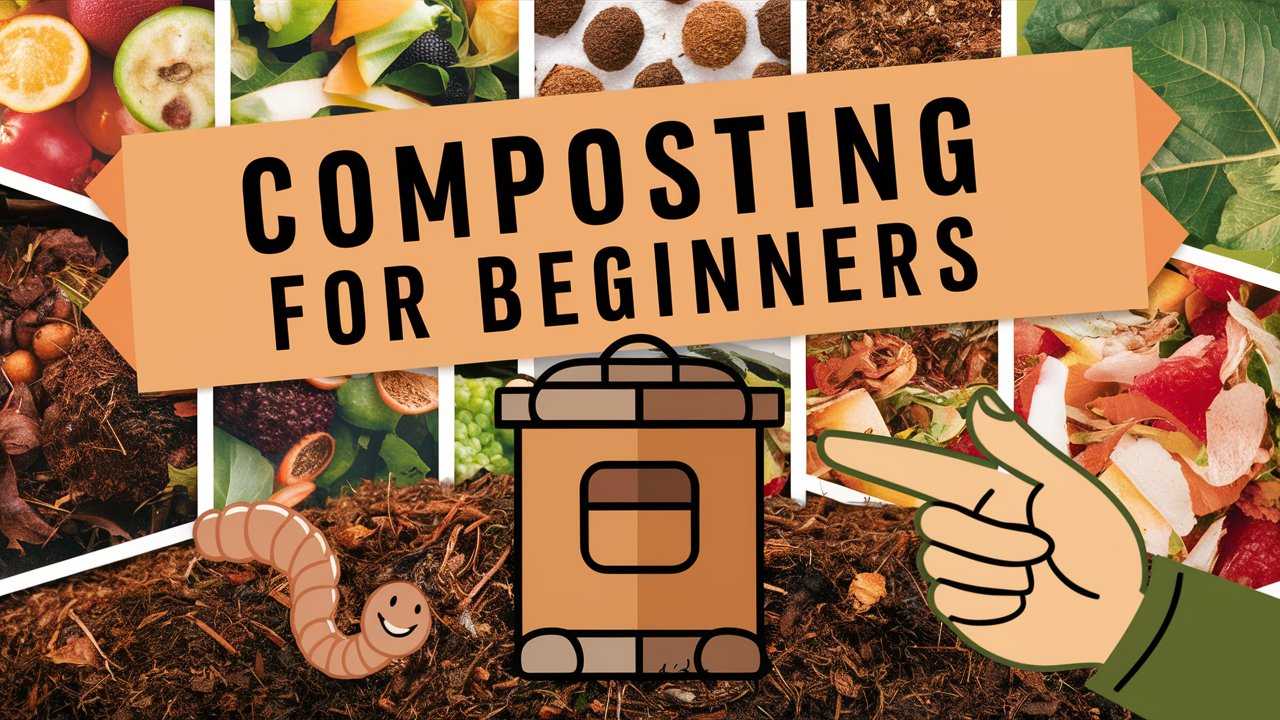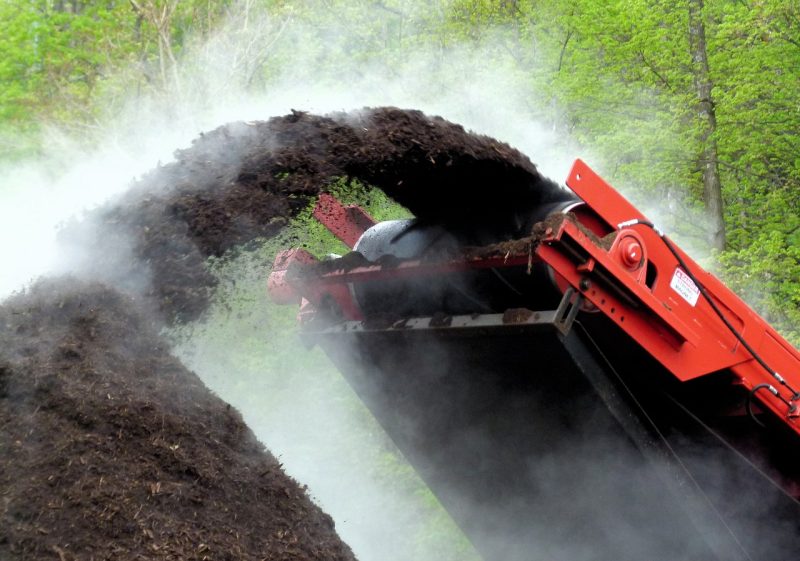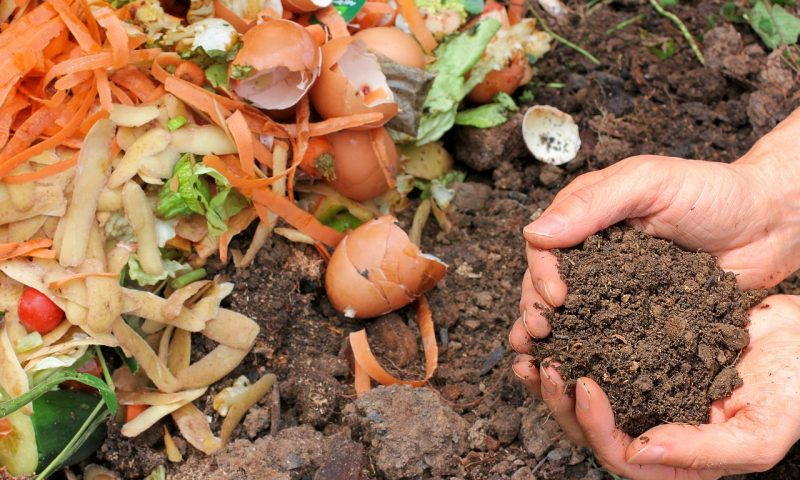In this comprehensive guide, we’ll walk you through everything you need to know about composting—from the various methods to set up your system, tips for maintenance, troubleshooting common issues, and essential products that can make your composting journey easier and more effective. Whether you have a small apartment balcony or a expansive backyard, composting is accessible to everyone.
What is Composting?
Composting is the natural process of recycling organic matter, such as food scraps and yard waste, into a valuable fertilizer that can enhance soil fertility. At its core, composting relies on the decomposition of organic materials, facilitated by microorganisms and other decomposers like worms and insects. These organisms break down the material into dark, crumbly compost, which is rich in nutrients.
Why Compost?
The benefits of composting are numerous. Firstly, it reduces the amount of organic waste that ends up in landfills, which contributes to methane emissions—a potent greenhouse gas. Secondly, composting produces a rich soil amendment that minimizes the need for chemical fertilizers, promoting healthier plant growth and improving soil structure. Additionally, it can save you money on gardening expenses while also providing a sense of accomplishment in your eco-friendly practices.
Types of Composting Methods
Traditional Composting

Traditional composting involves creating a compost pile or using a bin to layer organic materials. Ideally, you’ll want to maintain a balance between “greens” (nitrogen-rich materials like fruit scraps and grass clippings) and “browns” (carbon-rich materials like dried leaves and cardboard). The ideal ratio is about 3:1 browns to greens, which promotes efficient decomposition.
Vermicomposting (Worm Composting)
Vermicomposting employs worms—most commonly red wigglers—to break down organic waste. This method is ideal for urban settings or individuals with limited space because it can be done indoors in a specialized worm bin. The worms create nutrient-dense castings, which are an excellent addition to your garden.
Bokashi Method
Bokashi composting is a fermentation process that uses specific microorganisms to break down organic matter. This method allows you to compost meat and dairy products, which are typically avoided in traditional composting. To start, you’ll need a Bokashi bin and Bokashi mix, which can be layered with food waste. After a few weeks of fermentation, the contents can then be buried in your garden for further decomposition.
Hot Composting
Hot composting is a method that produces compost quickly by ensuring the pile reaches high temperatures (between 130-160°F). This temperature kills pathogens and weed seeds, resulting in cleaner compost. To achieve this, a larger pile (at least 3 feet in all dimensions) is essential, and regular turning is required to maintain aeration.
Cold Composting
Cold composting is a slower method that involves simply adding organic material to a pile without much management. It requires less effort but can take up to a year or longer for the pile to decompose fully. This approach is perfect for beginners who want to start composting without intense commitment.
Setting Up Your Compost System
Choosing the Right Location
Finding the right location for your compost system is crucial. Look for a spot that is easily accessible but also has good drainage. Ideally, it should be in a partially shady area to prevent the pile from drying out too quickly in hot weather.
Selecting a Compost Bin or Pile
You can compost in various ways, including using pre-made bins, building your own with wooden pallets, or simply creating a pile on the ground. Each option has pros and cons. Tumblers are great for turning the compost easily but may have less capacity, while static piles require less initial investment but need more turning and maintenance.
Starting Your Compost
To start your compost, layer your greens and browns in the bin or pile. A good starting point is to create a 3-inch layer of browns, followed by a 2-inch layer of greens, and repeat until your pile is about 3 feet tall. Moisten the pile with water, and periodically turn it to aerate the material.
What to Compost and What Not to Compost
Green vs. Brown Material
Understanding the difference between green and brown materials is important. Greens include nitrogen-rich items like vegetable scraps and coffee grounds, while browns consist of carbon-rich materials such as dry leaves, straw, and cardboard. Using a balanced mix of these materials helps create a compost that will decompose efficiently and yield nutrient-rich results.
Items to Include
You can compost a wide variety of organic materials. Here are some examples of kitchen scraps suitable for composting:
Fruits and Vegetables: Peels, cores, and spoiled produce
Coffee Grounds: Including paper filters
Eggshells: Broken into small pieces
Grains: Leftover rice, pasta, and bread bits
For yard waste, consider including:
Grass Clippings: Be cautious about including too many at once
Leaves: Shredded leaves compost faster
Small Branches and Twigs: These should be chopped into smaller pieces
Items to Avoid
Not all organic matter is suitable for composting. Items to avoid include:
Meat, Dairy, and Oils: These can attract pests and create odors.
Diseased Plants: They may introduce pathogens back into your garden.
Weeds with Seeds: Avoid composting these unless you ensure they are well-composted.
Pet Waste: This can introduce harmful pathogens.
Maintaining Your Compost
Turning the Pile
One of the keys to successful composting is aeration. Turning your compost pile helps provide oxygen for the microbes involved in decomposition. You should aim to turn your compost every 1-2 weeks, breaking up clumps and mixing materials to speed up the process.
Monitoring Moisture and Temperature
Moisture content is essential for effective composting. The compost should feel like a damp sponge—moist but not soggy. If the pile is too dry, add water or more green material. If it’s too wet, add more browns to absorb excess moisture.
For hot composting, using a thermometer can help. Your goal should be to maintain temperatures in the 130-160°F range. If the temperature drops below this, turning the pile can help revitalize decomposition.
Troubleshooting Common Problems
Issues can arise even in the best-managed composts. Here’s how to handle them:
Smelly Compost: Foul odors often indicate anaerobic conditions (lack of oxygen). This can be resolved by turning the pile to aerate and adding more browns to absorb excess moisture.
Pest Problems: If you notice pests, it may be caused by food scraps attracting them. Cover food scraps with browns and consider moving your bin to a more shaded area to deter flies.
Slow Decomposition: If your compost isn’t breaking down as expected, check your materials. You may need to mix in more greens, ensure adequate moisture, or turn the pile more frequently.
Harvesting and Using Compost
When and How to Harvest Compost
Knowing when your compost is ready is key to making the most of your efforts. Finished compost resembles dark, crumbly soil and should have a pleasant earthy smell. This process usually takes anywhere from a few weeks to several months, depending on the method and management.
To harvest, simply sift through your pile, separating any remaining large pieces that aren’t decomposed. These can be added back to the next compost batch for further breakdown.
Using Finished Compost in Your Garden
There are numerous ways to utilize your finished compost:
Incorporate into Garden Beds: Mix compost into soil when planting to enhance nutrient availability.
Top-Dressing: Spread a layer of compost over garden beds as mulch to retain moisture and suppress weeds.
Potting Amendments: Mix compost with potting soil for container gardens to provide nutrients.
Utilizing organic compost will improve soil structure, encourage beneficial organisms, and yield healthier plants.
Tips and Best Practices for Beginners
Composting Tips
Here are some essential tips for beginners:
Start Small: Begin with a manageable size, progressing as you learn what works best for you.
Be Patient: Decomposition is a natural process that takes time. Trust the process and enjoy the journey.
Experiment: Don’t hesitate to try different composting methods to find out what suits your lifestyle and space best.
Recommended Products for Composting
Investing in the right tools can simplify and enhance your composting experience:
Compost Bins: Look for sturdiness and good airflow. Popular options include tumblers, stackable bins, or homemade options from wooden pallets.
Compost Thermometer: Essential for hot composting, allowing you to monitor temperature.
Compost Aerator: A handy tool for turning compost without heavy lifting, especially useful for larger piles.
Additionally, consider finding local resources such as composting workshops and community gardens, which can provide valuable information and support.
Conclusion
Composting is not just a way to reduce waste; it’s an opportunity to contribute positively to the environment while reaping the benefits of healthier plants and soil. By understanding the basics of composting and implementing the various methods outlined in this guide, you can embark on your composting journey with confidence.
Remember that composting is a learning process. Each batch you create will help you refine your techniques and discover what works best in your specific conditions. Don’t be afraid to experiment, and embrace the journey of transforming your organic waste into black gold for your garden.
We encourage you to share your composting experiences, ask questions, and connect with others on the same journey. Whether your composting adventure is just beginning or you’re looking to enhance your current practices, engaging with a community can provide encouragement, inspiration, and practical tips.















